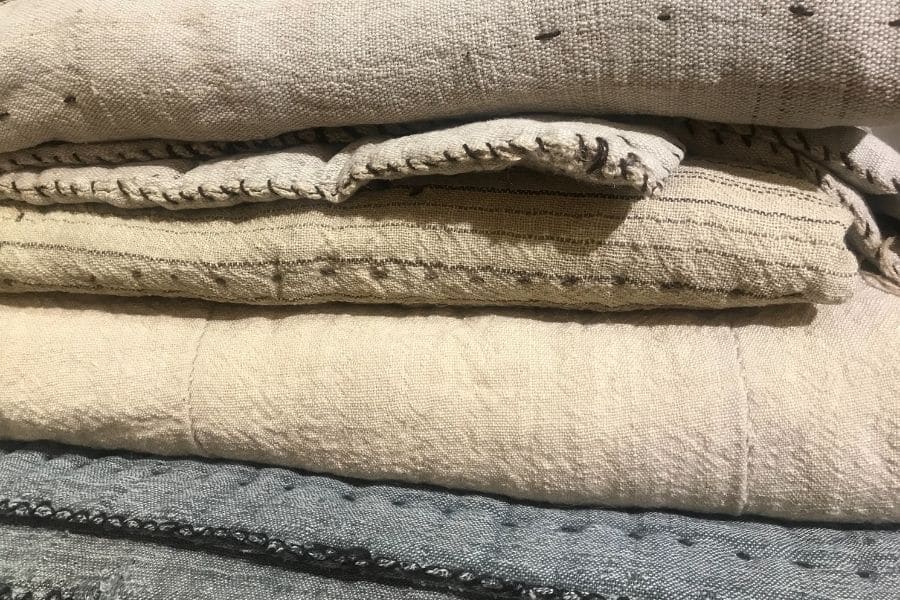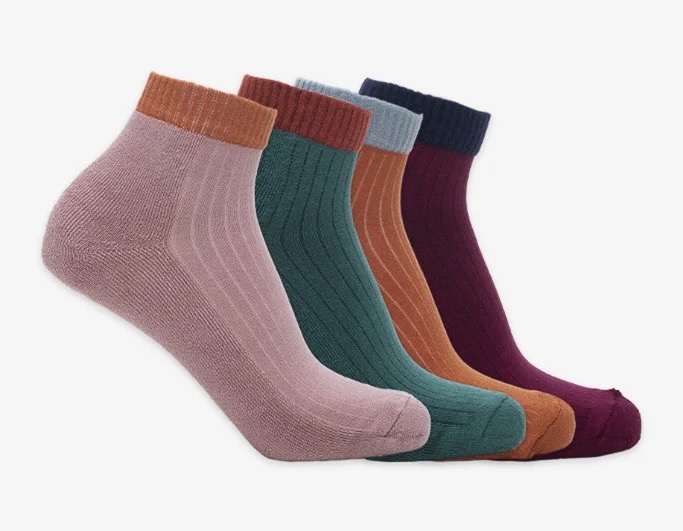Great Bamboo Clothing Blog
Wiki Article
Why Is Yak Merino Base Layer So Efficient For Winter Sports Clothes?
Yak Merino Wool Base Layers excel in winter sport clothing due to factors that enhance the heat, temperature control as well as comfort and durability.
Insulating Properties Both merino as well as Yak wool are naturally insulating properties. Yak, due to its hollow filaments holds the air and creates excellent warmth. Merino too is well-known for its insulation.
Controls Body Temperature The combined fabric regulates the body's temperature, capturing the heat when it's cold and allowing air to circulate so that you don't overheat during intense activity.
Moisture Management-
Merino Wool's Moisture Wicking Properties draw moisture away from your skin and distribute it to the surrounding area, keeping sweat out. Yak wool also helps to transfer moisture and keep the wearer comfortable during exercising.
Comfort-
Softness Merino Wool is known for its soft, fine fibers it contains. They are not irritating to skin. Incorporating yak fibers into the mix, which are soft, improves the level of comfort.
Odor resistance- Both types are antimicrobial and keep your garments fresh by reducing bacteria growth.
Durability-
Strength and Resilience Yak is a strong and durable fiber, however when it is coupled with merino, it becomes stronger and more durable to wear. This makes the fabric suitable for strenuous activities.
Natural Fiber Benefits-
Renewable Fibers: Merino and Yak wool are biodegradable and renewable fibers that make them a sustainable option.
These wools can be used in a variety of conditions of the weather.
Incorporating wool merino and yak, the fabric is able to take advantage of both materials' strengths by providing warmth, regulating temperatures, regulating the moisture level and also providing toughness. Yak merino-based base layers are thus ideal for winter sportswear, as they meet the requirements of winter sports and cold temperatures. They also keep the wearer comfortable and dry. Have a look at the top rated these details about merino wool base layer for website info including wicked wool base layer, best long underwear for skiing, long john merino, skiing base layers, wool base layer mens, merino 250 base layer, ice breaker thermals, wool undershirt women's, icebreaker baselayer, ski base layer mens and more.

What Are The Benefits From Bamboo Clothes?
Bamboo clothing has many advantages in terms of thermal regulation and UV protection.
Bamboo fabric is a great insulation material. It has natural thermal-regulating properties and provides warmth during colder weather while still remaining breathable. It regulates body temperature by holding warmth when temperatures drop and allowing for ventilation to avoid overheating during exercise.
UV Protection
UV Resistant- The bamboo fabric provides natural protection from harmful UV radiation. It blocks the majority of ultraviolet sunlight's rays. This provides an extra layer of protection when wearing it outdoors.
Biodegradability-
Eco-friendly- Bamboo clothing is biodegradable. This means it is able to be degraded without leaving harmful residues behind and doesn't contribute to pollution to the environment. This means that clothing waste is reduced and the environmental impact.
Environmental Impact-
Sustainability- Bamboo as a raw material is extremely environmentally sustainable. It grows quickly and in abundance, without chemical fertilizers. Rapid expansion makes it a long-lasting resource.
Bamboo is more efficient in water use because it consumes less water than other crops like cotton. This aspect contributes towards conservation efforts and decreases water resource strain.
Soil Conservation
Soil health- Bamboo cultivation does not reduce soil nutrients and does not require extensive irrigation. This contributes to healthier soil conditions and lessens the need for harmful farming practices.
Carbon Sequestration
Carbon Absorption Bamboo plants are able to absorb more CO2 while releasing greater amounts of oxygen than other plants. This property helps to lower carbon emissions and combat climate change.
The benefits of bamboo clothing include its thermal regulation, UV protection and biodegradability. It's also an ideal option for those seeking sustainable clothes. These attributes are in line with environmentally conscious practices that provide benefits to wearers as well the environment. Have a look at the most popular bamboo clothings for site advice including bamboo jeans brand, bamboo athletic wear, bamboo sports clothing, bamboo clothing, bamboo jeans brand, bamboo jeans ross, bamboo trousers women, bamboo clothing underwear, bamboo jacket, bamboo t shirts wholesale and more.

How Does Merino And Bamboo Clothing Compare With Wool In Terms Of The Texture, Warmth, And Absorption?
The texture is the primary aspect to take into account when comparing merino clothes to traditional bamboo and wool clothing.
Merino Wool Merino Wool is made of more fine fibers and is soft than traditional wool. It's considered more comfortable.
Bamboo Clothing Bamboo fabric has a silky smooth texture that is often contrasted with luxury materials such as silk or cashmere. It's soft and gentle texture makes it a comfortable.
Traditional Wool - Traditional wool has various textures. Some are more coarse than others and cause itching, discomfort, or irritation in comparison to clothes made of Merino.
Warmth-
MerinoThe Merino Merino provides exceptional warmth thanks to its insulating qualities. It keeps warmth even in damp conditions and offers effective insulation even in cold temperatures.
Bamboo Clothing provides warmth, but it may not offer the same amount of insulation like Merino wool. It is a good temperature regulator, which makes it comfortable in any weather.
Wool, as with bamboo clothing and merino, is an excellent insulator. Traditional wool is heavier than merino and bamboo clothing.
Moisture Absorption-
Merino Wool Merino Wool, with its remarkable ability to wick moisture removes moisture from the skin, allowing it to evaporate. It is warm when wet.
Bamboo Clothing- Bamboo fabric also has the ability to wick moisture that draw moisture away from the skin while providing comfort during physical activities. Bamboo clothing regulates humidity and helps keep the wearer dry.
Traditional Wool: While wool absorbs moisture, it doesn't have the same wicking ability like bamboo and merino fabrics. Certain types of wool may feel damp or heavy when it is wet.
Merino wool has been known for its softness, warmth and moisture-wicking capabilities. Bamboo clothing provides a silky and smooth texture, sufficient warmth, and excellent moisture regulation. Wool clothing has various textures and provide warmth and moisture absorbency However, it may appear coarser or heavier than merino and bamboo clothing. Each type of material has its own characteristics that are suited to various clothing preferences and requirements. Read the recommended merino winter clothings for site recommendations including wool base layer mens, wool thermals, best merino base layer, long johns for skiing, merino base layer, merino wool thermals women's, smart wool baselayer, merino thermals, merino wool thermals mens, merino wool undershirt and more.
